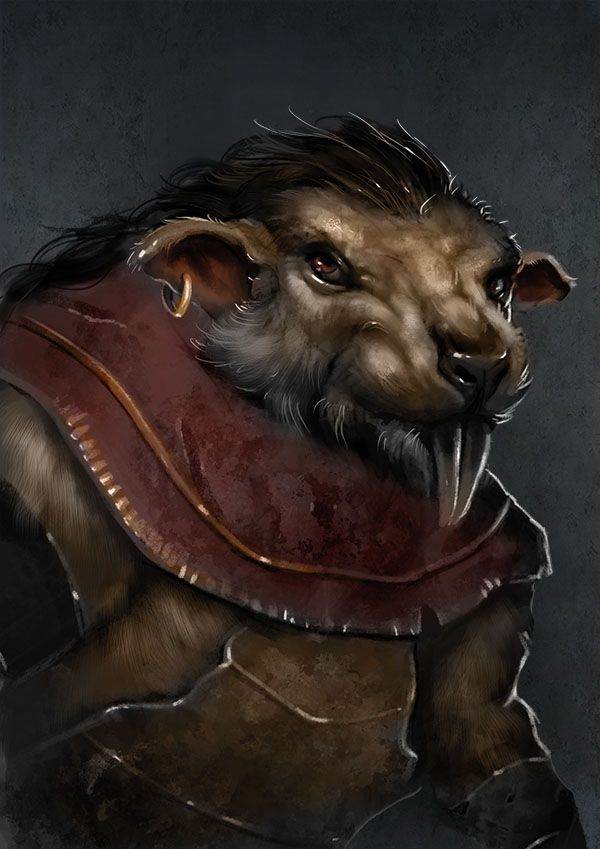Mythic Origins
Wererats believe that their people came to be sometime during the rise of humanity, when the first Neanderthal or Erectus decided a rat would make a tasty meal. The human snatched a rat up and the rat, trying to get away bit the human who then flung the creature away. That bite created the first wererat, and the wererats ever since have considered it almost a sacred duty to monitor and cull the ranks of humanity. Over time, this sacred purpose has been forgotten, and the wererats have become skulkers in darkness and brokers of information.
Over the years, the wererats have interbred with a number of different human groups, but they almost always have preferred humans that are in out-cast groups, and their favorites by far are the Romani, sometimes known as the Gypsies.
Leadership & Social Structure

Wererat groups are dubbed Rodere, led by a king called the Rom who is sometimes referred to as the Rat-King. The Rom may or may not have consorts and concubines, but unlike some other types of lycanthropes, the Rom rules more or less absolutely and only rarely delegates his authority in any meaningful way. The roles he may choose to appoint either permanently or temporarily are:
- Ratatoskr - Generally considered to be a bodyguard and enforcer of the Rat-King. A Rat-King can name as many Ratotoskr as they wish, usually as a means of impressing others with their entourage or to indicate that the Rat-King is a dangerous person and has dangerous enemies.
- Shakti - Bears the responsibility of ensuring that the Rodere has a roof over its head, clothes to wear and food to eat. Sometimes referred to as Mama-Rat, the Shakti is a nurturing presence with a Rodere
- Alastor - Acts as an avenger, assassin, and punisher of those that harm the Rodere. When a Rat-King dies, the most likely replacement will be the Alastor that successfully avenges the King’s death. The Erinys is the female version of an Alastor.
- Vrajna - Pronounced as Vron-ya, this role is given to a non-rat and serves as educator and magician, as well as a neutral observer and advisor.
General Traits & Abilities
One of the most contagious strains of lycanthropy on par with the wolf strain. The human form of a wererat appears normal, but radiates an energy that is detectable by those with powers to sense it and/or know what to look for. Their full rat form is usually the size of a medium-large dog. Powerful wererats may have a hybrid form that is a humanoid rat, covered in fur, complete with tail, narrowed face and beady eyes. The hybrid form is particularly disturbing as the posture does nothing to conceal their sexual organs, but only some wererats care to cover them.
With their reputation as carriers of disease, many rats possess powers that allow them to inflict damage or maladies through their bites, saliva, and claws. Because they are so ill-favored, wererats are able to run, hide, and evade larger foes, even squeezing into small spaces. The notion that the walls have ears stems from wererats hiding there to ferret out secrets.
"I’m a rat. I used to believe in the Golden Rule but now question it. It’s too easy to be snarky at those who are snarky toward me. I like how it feels—the yellow cheese giving way between pointed teeth. My tail begins to twitch." ~Chila Woychik, On Being a Rat and Other Observations